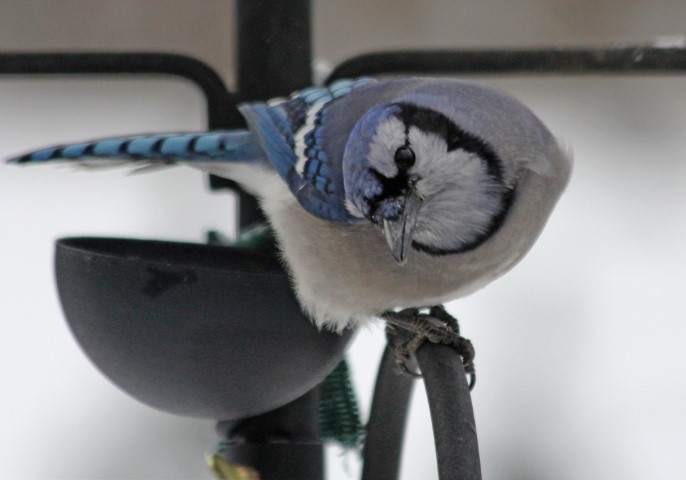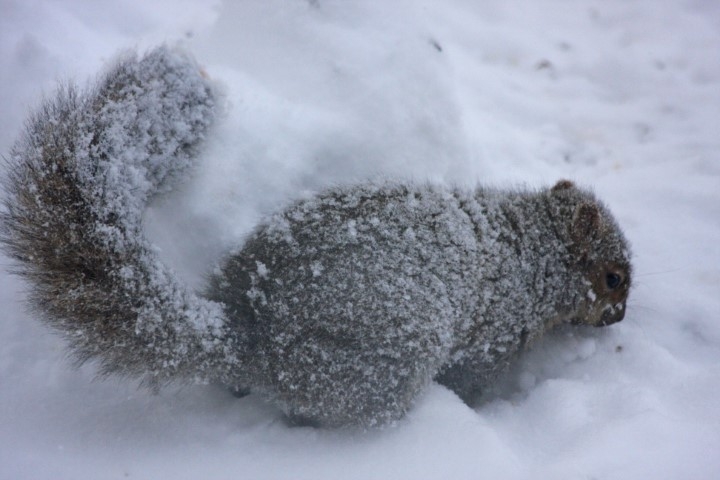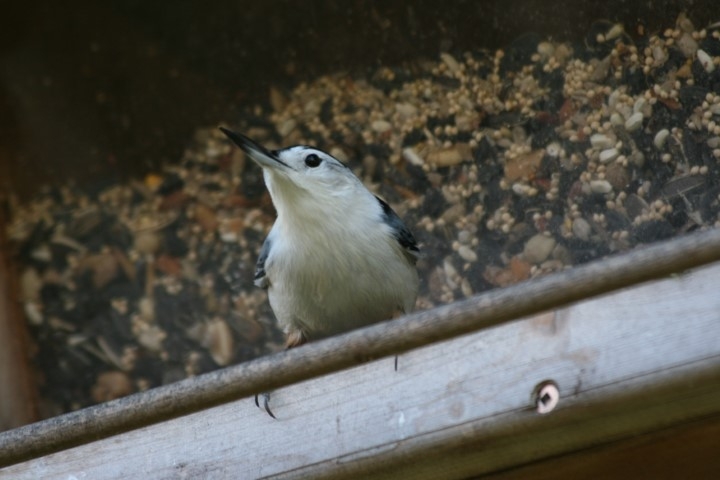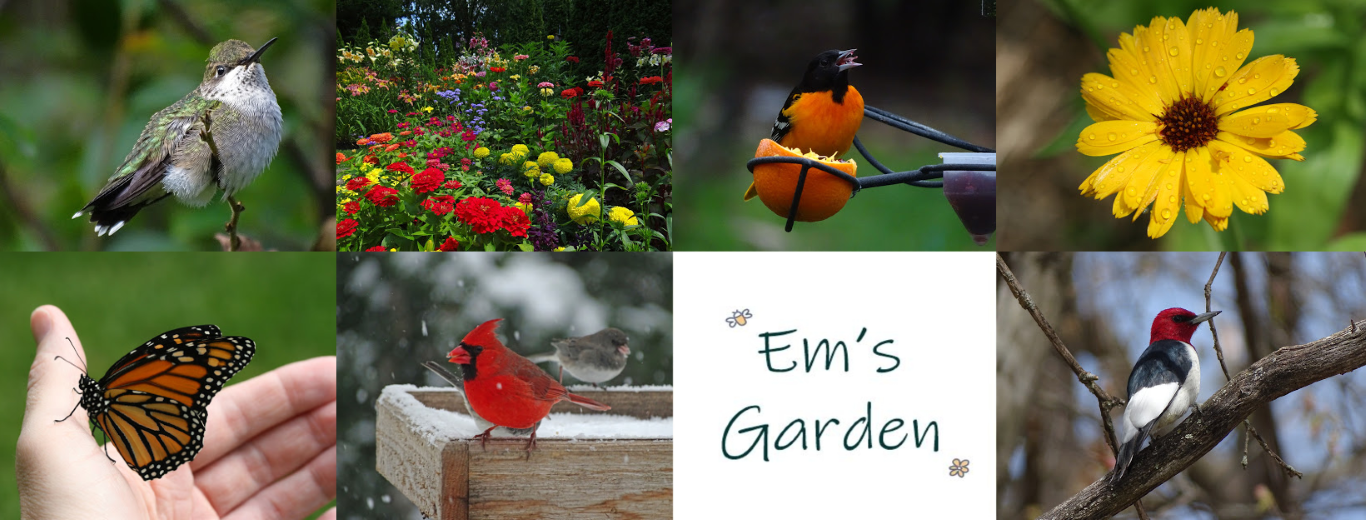
Even before we added several more inches of snow to our 12-inch snow depth this week, I was wondering how animals that cache seeds for the winter can ever find them again.
Some days I can barely remember why I walked into the next room, so how can animals and birds with brains much smaller than ours find nuts and seeds they may have cached months ago?
Blue Jays have a special throat pouch (gular pouch) that allows them to collect several nuts, seeds or acorns at every feeder visit before flying off and hiding them for the winter. That allows them to store a lot of food. A study in the 1980s found that 50 Blue Jays collected and cached 150,000 acorns in just 28 days. When you’re storing that many there’s a much better chance you’ll be able to find them again.

Squirrels can find nuts buried under a layer of dirt or snow using their sense of smell, but of course if the ground is frozen solid that skill may not be much help. Squirrels also use long-term memory to locate their cached nuts and seeds.

And according to the Cornell Lab of Ornithology’s All About Birds website, White-breasted Nuthatches “may steal from each other’s caches, so they tend to fly off in opposite directions from a feeder to avoid leading an onlooking bird to their secret stashes of seeds.”
While birds and animals can survive winter just fine without us, it must be a relief for many of them to have human-hosted food sourcees to fall back on when harsh winter weather makes their food stashes harder to find. Speaking of which, I better fill the feeders.
